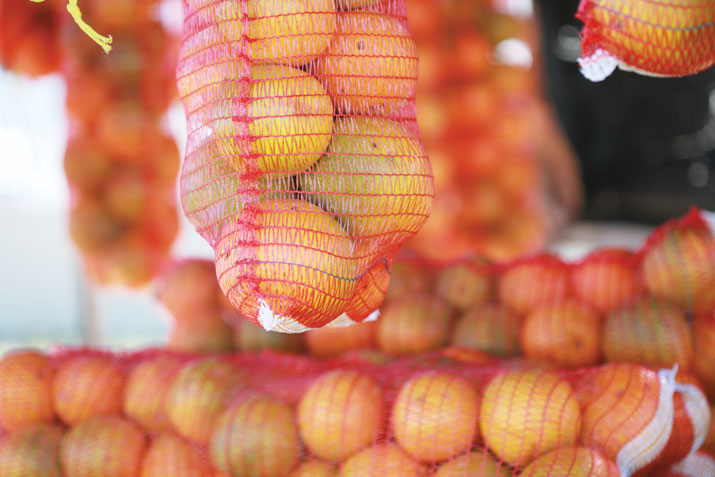In an assessment made on the performance of the Integrated Support Programme for Arable Agriculture Development (ISPAAD) to date vis-à-vis its objectives, the Botswana College of Agriculture Consultancy Company has reported that the country’s grain production has not improved since the inception of the programme.
ISPAAD was introduced in April 2008 to address the challenges facing arable farmers and the inherent low productivity of the arable subsector. In 2010, the programme was extended to include support for horticultural development.
According to the study which focused on rain-fed arable agriculture, “comparative analysis of average grain production for the period 1982 to 2007/08 and during ISPAAD (2008/09 to 2011) indicates no significant difference in average total production between the two periods. Food security at both household and national levels has not improved during ISPAAD. Domestic grain production has not increased in terms of both total production and productivity. The national average grain productivity is only 33 per cent of the ISPAAD target yield of 1000kg/hectare. Domestic supply of staple grain did not satisfy national demand for grain. There has been steady increase in cereal imports during ISPAAD. Botswana imported approximately 90 per cent of its national staple grain requirement,” reads the report.
It further stated that the programme has had insignificant impact on commercializing arable agriculture in the country. “ The main focus of ISPAAD beneficiaries in arable agriculture was to produce enough food to sustain their families. Very few farmers row planted or used inputs such as improved seeds and fertilizer which are characteristic of commercial farming because they did not have the necessary equipment.”
Though ISPAAD facilitated access to seed and fertilizer, the study indicated that they did not reach beneficiaries at the right time and in the right quantities.
The consultants suggest that ISPAAD had a negative impact on extension outreach. “The core business of agricultural extension workers has been overshadowed by clerical and administrative work demands of ISPAAD at the expense of modern technology transfer and advice to farmers. The extension worker-to-farmer ratio increased under ISPAAD. The majority of the extension workers did not adequately cover the ever increasing number of arable farmers in their respective extension areas because of shortage of transport,” it reads.
The eligibility criterion, the report states, exposes the programme to misuse, abuse and makes the programme unsustainable in the long run. Some arable fields have been subdivided into several land parcels of smaller sizes so that the whole land received 100 per cent subsidy on seeds, ploughing and fertilizer. These subdivisions, the consultants said, have inflated the number of arable farmers.
Furthermore, the study indicates that the stated objectives and service packages of the ISPAAD programme are relevant and that the programme has not reached its intended objectives. The report suggests the programme is extremely inefficient from an agricultural development point of view as is. It is said that ISPAAD has no programme design document that spells out the outcomes, outputs, activities, inputs and assumptions of the programme.
As for the environment under which ISPAAD operates, the study has observed that linkages of ISPAAD with existing policies and programmes in the country are very weak and synergies between them are not well exploited. “ISPAAD promotes fodder production while LIMID (Livestock Management and Infrastructure Development) promotes use of fodder in animal production. They are both agricultural programmes but they are not supporting each other,” it is said.

